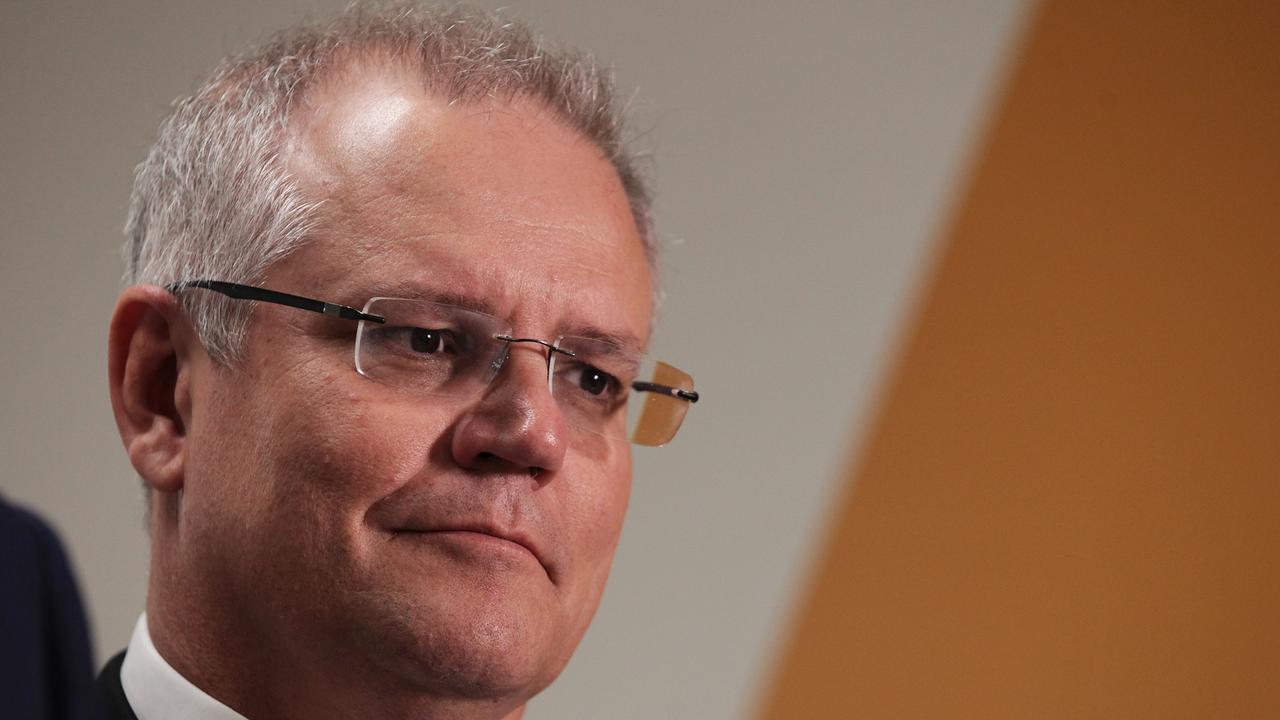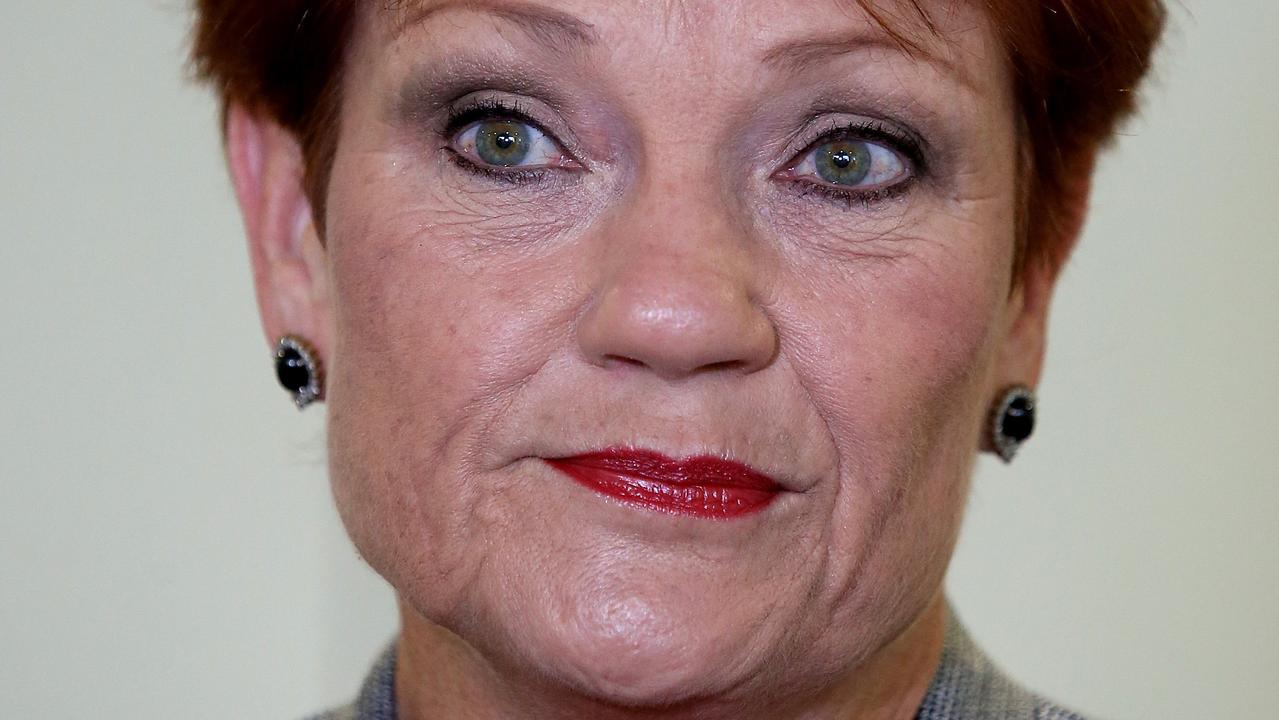Budget 2018: Biggest income tax cut since Howard’s day
The Treasurer has unveiled the biggest income tax cut since John Howard was PM. Here’s a guide to how much you’ll be left with.
The government has unveiled the biggest income tax cut since John Howard was prime minister, worth $13.4 billion or slightly more than the $12.8bn Medicare Levy increase taxpayers had faced until it was recently scrapped.
The plan includes imminent relief for all workers of up to $10 a week rising over time to more than $5000 a year for earners in the highest income tax bracket.
The Turnbull government has shifted the focus from company to personal income tax, revealing a seven-year plan that will save workers on $90,000 more than $4600 in tax by 2024.
“The plan is affordable and funded … the overwhelming majority of this cost commences in 2019-20, the same year the budget is forecast to return to balance,” Scott Morrison said, billing the government’s plan as an antidote to bracket creep and a simplification of the increasingly complex income tax system.
The plan includes a new tax offset for middle-income tax earners worth $530 a year and an increase in the second-top tax threshold to $90,000 from July.
Flush with extra tax revenue Treasury expects will bring the budget back to surplus a year earlier, the government has pencilled in tax cuts worth $4.5bn a year by 2021, ensuring the total tax haul doesn’t increase beyond 23.9 per cent of national income — a new hard tax cap laid down in the budget.
The Treasurer said 4.4 million taxpayers with incomes between $48,000 and $90,000 would receive the maximum cut of $530 from next financial year.
“For middle-income households with both parents working on average wages, this will boost their kitchen table budget by more than $1000 every year,” he said. The cuts come on top of the government’s decision to dump a planned increase in the Medicare levy, which was scheduled to raise $12.8bn over the next four years.
Workers earning more than $90,000 a year will receive a $135 cut next financial year, stemming from the increase in the second-top income tax threshold from $87,000 to $90,000 from July 1, which prevents 210,000 taxpayers from moving into the second-highest 37 per cent tax bracket.
From 2022, the $37,000 income tax threshold, unchanged since 2011, will increase to $41,000 and the $90,000 threshold will rise to $120,000. From 2024, the last year of the plan, the top income tax threshold, by then unchanged for 15 years, will increase from $180,000 to $200,000.
The second-highest income tax threshold will be abolished, leaving 73 per cent of taxpayers paying the 32.5 per cent marginal income tax rate.
“Under the Turnbull government’s personal tax plan, most working Australian earning above $41,000 are likely to never face a higher marginal tax rate through their entire working life,” Mr Morrison said. “Under our personal tax plan, 94 per cent of Australian taxpayers will pay no more than 32.5c in the dollar. That compares to 63 per cent if we leave the system unchanged.”
The moves will help reduce average tax rates for all taxpayers, which have been rising steadily since 2009 and were on track to increase by seven percentage points by 2021 for typical taxpayers, according to analysis from the Parliamentary Budget Office.
Economists will criticise the plan for lifting income tax thresholds, which are automatically eroded by inflation, providing the government with extra revenue, rather than cutting income tax rates, which are unaffected by inflation and hone incentives to work more hours.
Bill Shorten has the opportunity to reveal a rival tax cut plan when he gives his budget reply speech tomorrow.
Labor has proposed a series of tax increases on high-income earners, potentially worth $200bn over a decade, that Labor could use to cut taxes elsewhere.
The $13.4bn in cuts compare to about $65bn of cuts announced in 2007, the final year of the Howard government, and mostly carried out by the Rudd government.
The new plan for cutting income tax, which the government intends to legislate, accompanies the government’s 10-year Enterprise Tax plan, which while not fully legislated, aims to reduce the company tax rate to 25 per cent for all companies by 2026.








To join the conversation, please log in. Don't have an account? Register
Join the conversation, you are commenting as Logout